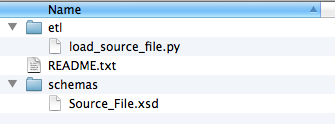Playing with Software
I've been trying to install open source software. In this case an application called Moodle. I followed the instructions to install it on an Ubuntu Server virtual machine but they were missing a couple of key points.
After installing the Moodle package (under "Moodle Installation" in the instructions) you need to copy the generated Apache configuration file into your Apache conf.d directory. To do this try the following command;
$ sudo ln -s /etc/moodle/apache.conf /etc/apache2/conf.d/moodle.conf
As you can see from this handy guide to configuring Apache on Debian application specific configuration files should go in the conf.d directory rather than hacking the httpd.conf file.
The second problem is that the default http://locahost/moodle URL won't work on a server because access is restricted to the local machine only by default. To allow access from other machines (in my case the host computer) you need to edit the generated apache.conf file and uncomment the line which says allow from all. This will enable remote access to the instance from your host machine.
